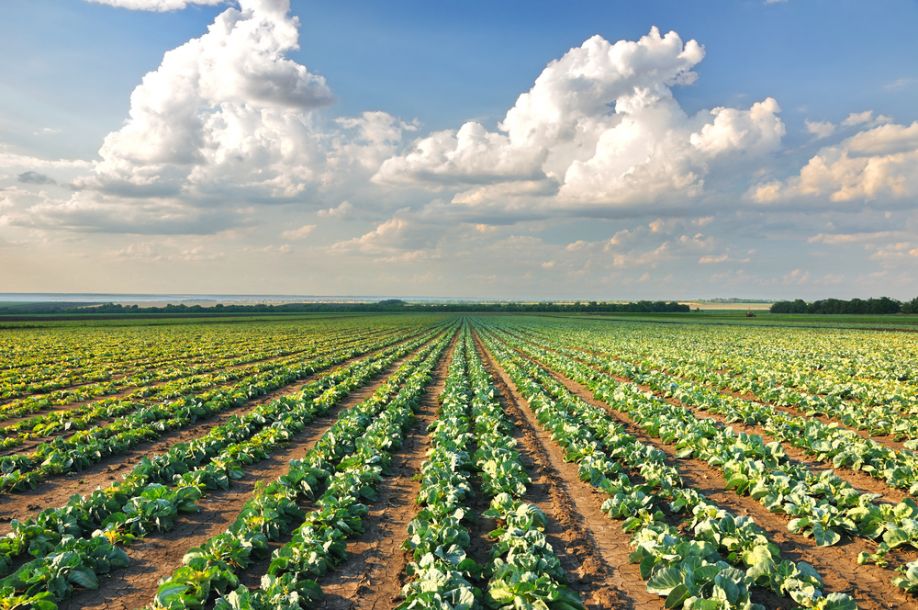Agricultural Industry Future of Agricultural Disinfectant during This Pandemic

Agricultural Disinfectants are the most important component that primarily is used for crop and livestock protection. These agricultural disinfectants are categorized into different forms and the most important forms are liquid forms, powder forms, and granule and gel forms among others. These are applied on land, water sanitizing and aerial. By end use the market has been bifurcated into agricultural farms and livestock farms. Proper disinfection is required to protect crops and livestock from harmful diseases or sterilize the microorganisms.
Agricultural Disinfectant Industry: Trends and Opportunities
The market for agricultural disinfectant is growing at a magnifying pace across all geographical regions worldwide. Globally, the market is expanding at a magnifying rate, majorly driven by demand for meat products from the China and India. The market for agricultural disinfectant in all these regions is expected to show significant results owing to increasing research and development for enhancement of disinfectants in the region. Moreover, emphasis on improving performance, reducing operating expenditures, maintaining regulatory standards, increasing the demand to ensure crop protection are impacting the market for global agricultural disinfectant globally.
Development of vertical farming and green house vegetable production coupled with rising number of diseases among livestock population are major drivers of the agricultural disinfectant market globally.Although rising demand for meat products from the emerging countries like India and China under the Asia Pacific region is majorly accounted for the steady growth in agricultural disinfectant.
In addition proper health of livestock is gaining importance across the globe due to the rising demand for meat products. It is imperative to protect the livestock population through proper application of disinfectants in drinking water, yards, surface, among others to protect them from harmful diseases. Routine cleanliness, frequent removal of manure and using proper disinfectants provides better results in terms of health for the livestock population. Owing to this factor, the impact of this driver is high and is expected to remain high during the forecast period. Moreover, increasing demand for quality meat products coupled with changing lifestyle patterns of the population is boosting the use of disinfectants on the new born vulnerable livestock population so that they do not catch diseases. Health of the human population is dependent on the health of the livestock population; therefore, it is crucial to protect these animals.
Increasing development of vertical farming methods coupled with increasing greenhouse vegetable production techniques has led to a boom in the global agricultural disinfectant market. This has led to increased application of disinfectants in crops for better production and to ensure food security. However the recent downturn in the agricultural disinfectant products market is due to the harmful effects of these products that has impacted the growth of the disinfectant market negatively. Disinfectant manufacturing companies are currently refraining from new projects due to the harmful arising due to the lack of knowledge among the farmers regarding the proper usage methods of the disinfectants.
Research and development laboratories offer huge growth potential for the agricultural disinfectant market. There has been an increase in research projects pertaining to the use of environment friendly agricultural disinfectants in developing countries. Therefore, considering the benefits associated with the use of agricultural disinfectants in developing countries, it is expected to act as a prime future opportunity for the market.
Agricultural Disinfectant Industry: Segmentation
By end use agricultural disinfectants are applied on agricultural farms and livestock farms and it is seen that consumption of agricultural disinfectants among the livestock farms are seen more due to the increased consumption of meat products. Poultry cattle and swine buildings are cleaned regularly so that the diseases are not spread to the successive groups that are reared.
Get More Information About Agricultural Disinfectant Industry By TMR
Comments (0)
This post does not have any comments. Be the first to leave a comment below.
Featured Product

